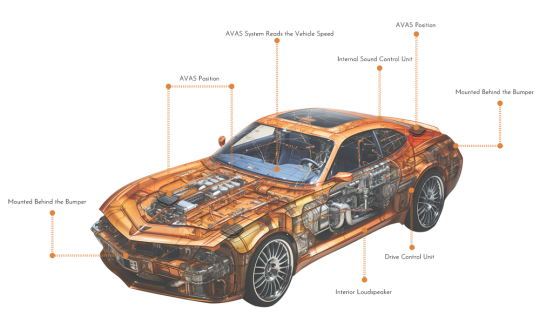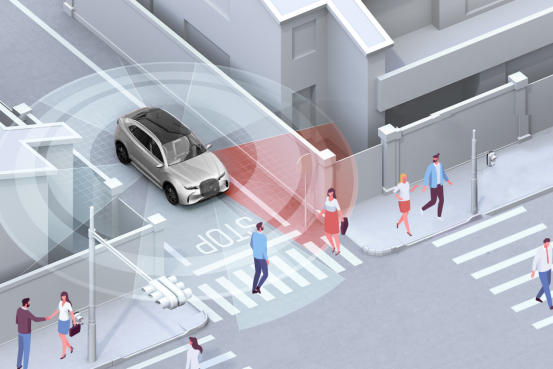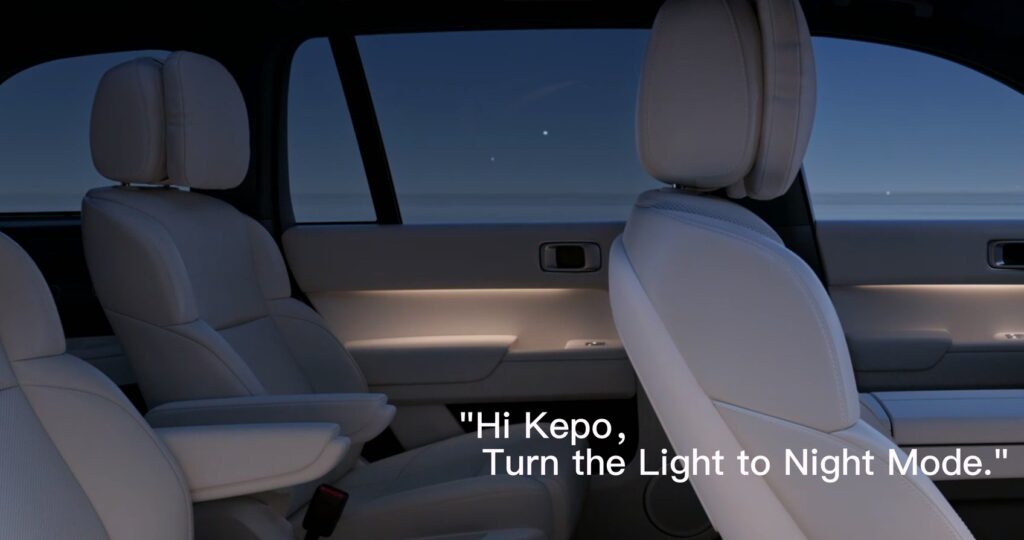
Enabling the driving atmosphere of new energy vehicles
Custom Innovative Lighting
Independent optical color analysis and structural finite element analysis system with professional optical engineers guarantees higher uniformity.
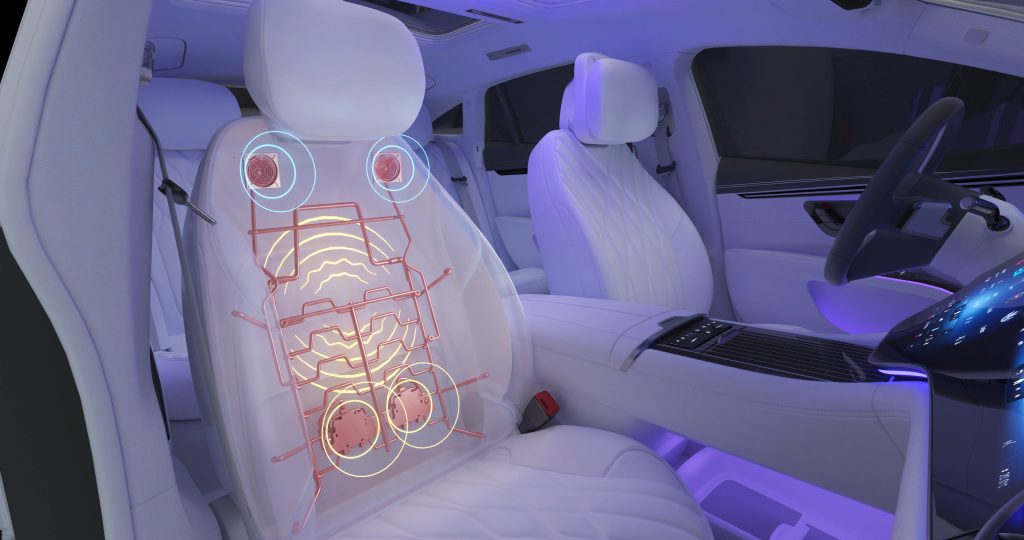
Innovative car seat for a comfortable ride - The Kepo 4D Exciter System
Seat 4D Exciter System
To enhance the travel experience, Kepo hasintegrated the 4D seat exciter
system, innovatively improving the tactile sensory experience.
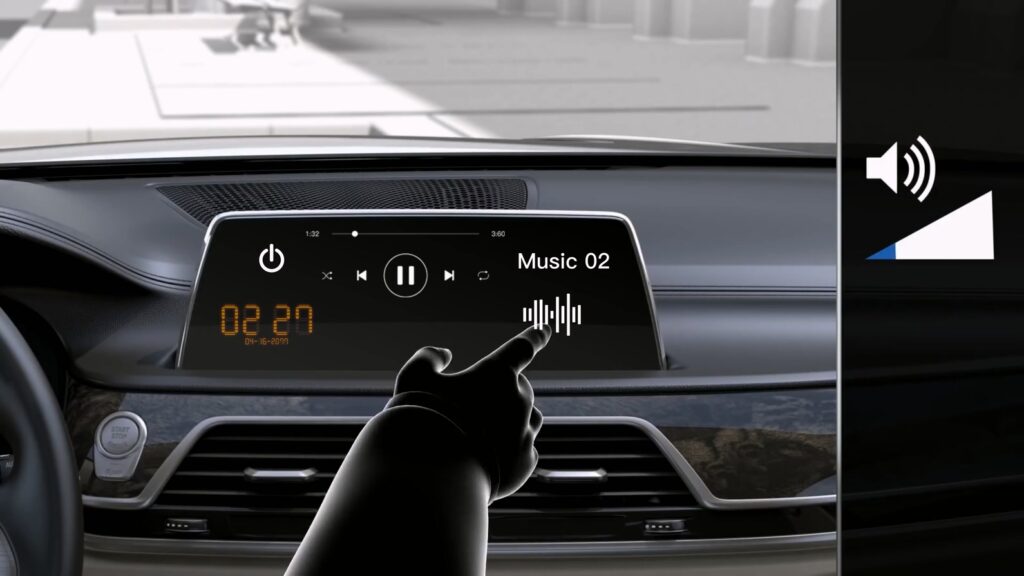
Communicate with the world in a touch free way
Indirect Time of Flight Technology
Support up to 100MHz modulation frequency and 135FPS frame rate with low power consumption and highly flexible evaluation.
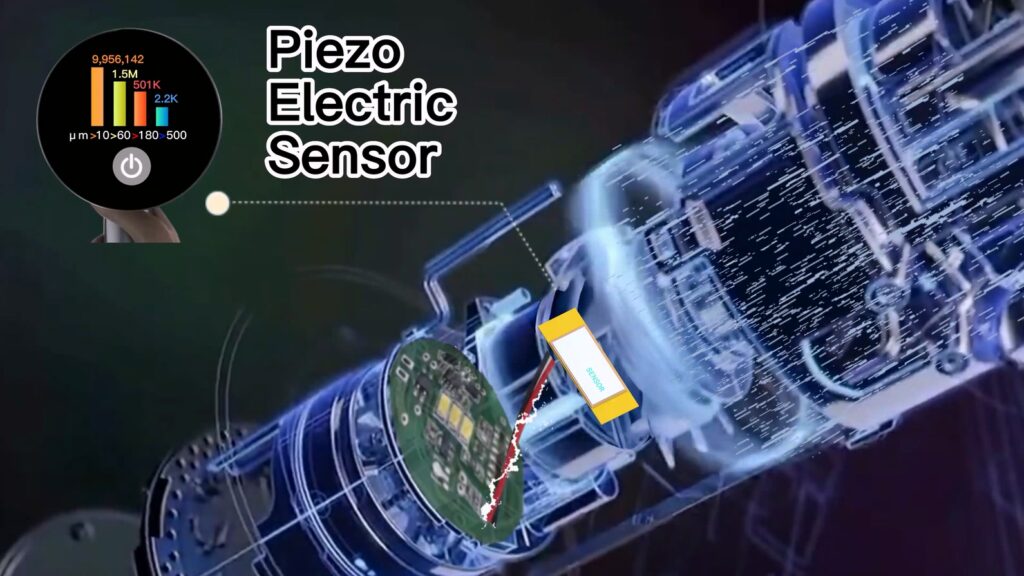
Empowering the development of high-tech industries
Solutions for Piezoelectric Ceramics Products
We develop solutions for buzzers, sensors, transducers, and alarms for various industries. The product is small in size, light in weight, thin in thickness, low in power consumption, good in reliability, and low in cost, and has won unanimous praise from partners.
KEPO Business Scope
Know About KEPO TECH
All for HMI
Established in 1996, Ningbo KEPO Electronics Co., Ltd. is focusing on HMI components & parts, Modules and intelligent products in AI and IoT industry, offering complete services including developing, manufacturing, selling and servicing in the above-mentioned industry field. It is also regarded as a professional, sophisticated, characterized, innovative “Little Giant” and high-tech at the national level.
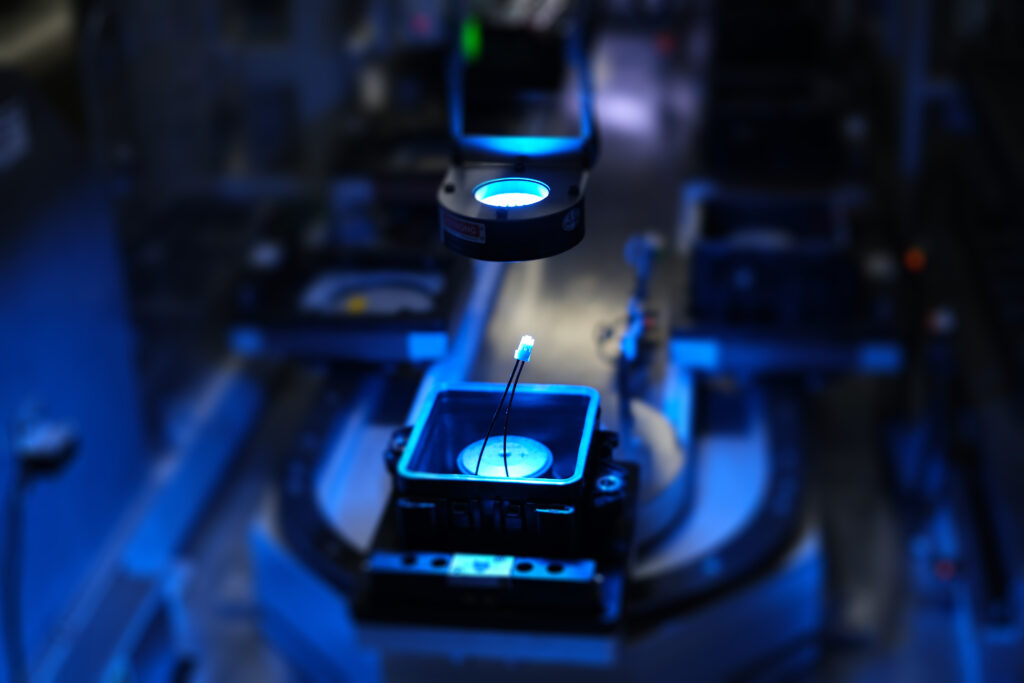
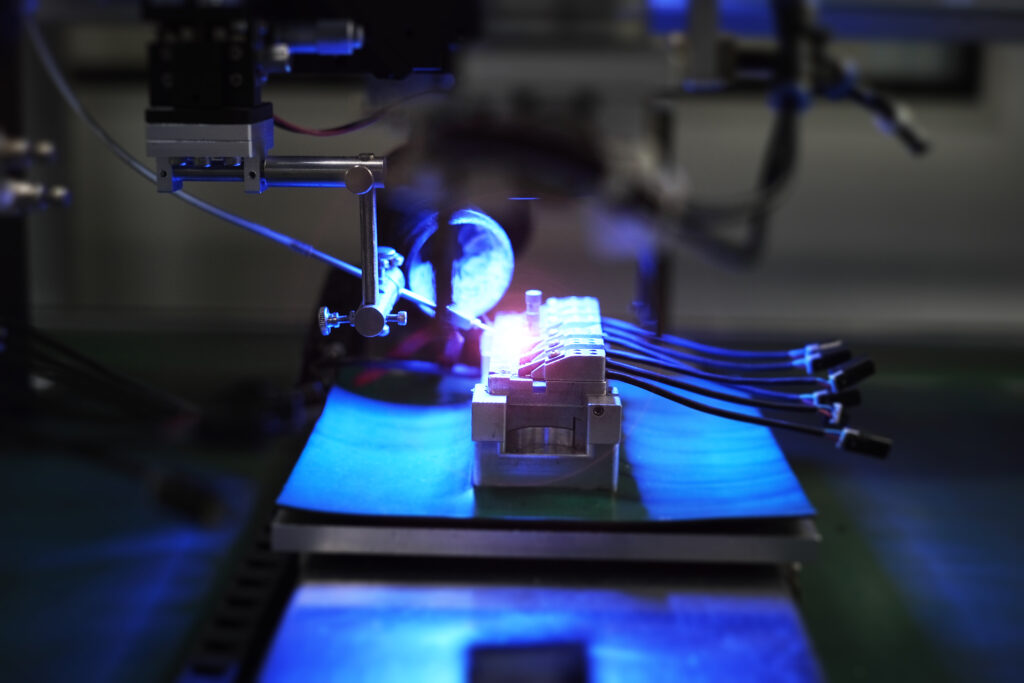
Industries & Applications
Our main business includes Acoustic Products (MIC module, e-Call, alarms, AVAS, etc.), Optical Products (ambient lights, LED logo, door sill lights, carpet lights, charge indicator lights, grille lights, door warning lights, etc.), Haptic Products (vibration exciter & module), Piezo Sensors, Time-of-Flight Module, Automotive Wireless Charging Module, etc.
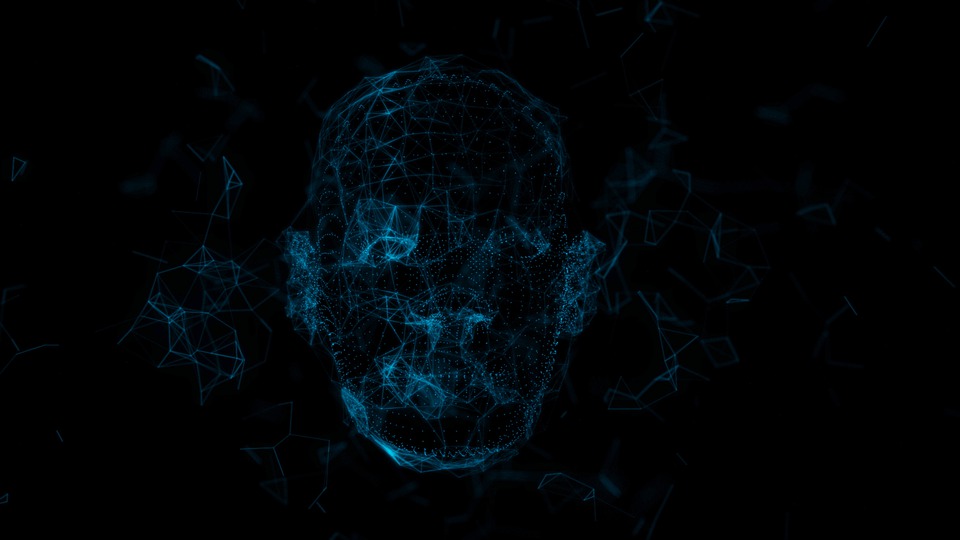
Custom Developing & Manufacturing
We focus on HMI components & parts, Modules, and intelligent products in AI and IoT, offering complete services for you.
ODM / OEM
We not only make things designed by our clients, but we also let them modify and label our own products.
Quality Control
To assure quality, we have a comprehensive quality system that includes CNAS-EMS, IATF, and ISO certifications, as well as expert QC.
Bulk & Quick Shipping
Bulk products are often carried at a low cost by water. If you need the goods quickly, we may ship them to you by air for an additional fee.
Environment
We registered for the CNAS-EMS certification, and the production process is accurate and controllable, so as to minimize the impact on the environment.
24×7 Support
Contact us 24x7, our sales experts solve all your pre-sales & after-sales problems or let's start with a bit of discussion of the solution.
Global Cooperation Clients
Recent Posts
Latest News

